Hexane (C6H14)
Description:
Hexane is a straight-chain alkane with six carbon atoms and fourteen hydrogen atoms. It is a colourless, volatile liquid with a mild gasoline-like odour. Hexane is highly flammable and is widely used as a non-polar solvent in industrial and laboratory settings.
Physical properties:
Uses:
-
Industrial solvent in adhesives, rubber, and printing inks.
-
Extraction of edible oils (e.g., soybean, canola) in the food industry.
-
Laboratory solvent for reactions, extractions, and chromatography.
-
Cleaning and degreasing agent for textiles, leather, and machinery.
-
Formulation of glues and coatings.
Hazards
Hazards:
1. Flammability:
2. Health hazards:
-
Inhalation: Can cause dizziness, headache, nausea, respiratory irritation, and central nervous system (CNS) depression. Prolonged or repeated inhalation may cause peripheral nerve damage (neurotoxicity).
-
Skin contact: Causes dryness, irritation, and dermatitis on prolonged exposure.
-
Eye contact: May cause redness and irritation.
-
Ingestion: Harmful if swallowed; aspiration into lungs can cause chemical pneumonia.
3. Chronic hazards:
-
Long-term exposure is associated with neurological damage (e.g., numbness, muscle weakness, fatigue).
-
Prolonged inhalation may also affect the liver and kidneys.
4. Environmental hazards:
-
Harmful to aquatic life with long-lasting effects.
-
Volatile organic compound (VOC), contributing to air pollution.
Precautionary measures:
-
Keep away from heat, sparks, open flames, and hot surfaces.
-
Ensure good ventilation or use fume extraction.
-
Wear protective gloves, goggles, and clothing.
-
Do not breathe vapors; avoid skin and eye contact.
-
Store in a tightly closed container in a cool, well-ventilated place.
-
Prevent release into the environment.
Hazard codes / labels:
-
H225: Highly flammable liquid and vapor
-
H304: May be fatal if swallowed and enters airways
-
H336: May cause drowsiness or dizziness
-
H373: May cause damage to organs (nervous system) through prolonged or repeated exposure
-
H411: Toxic to aquatic life with long-lasting effects

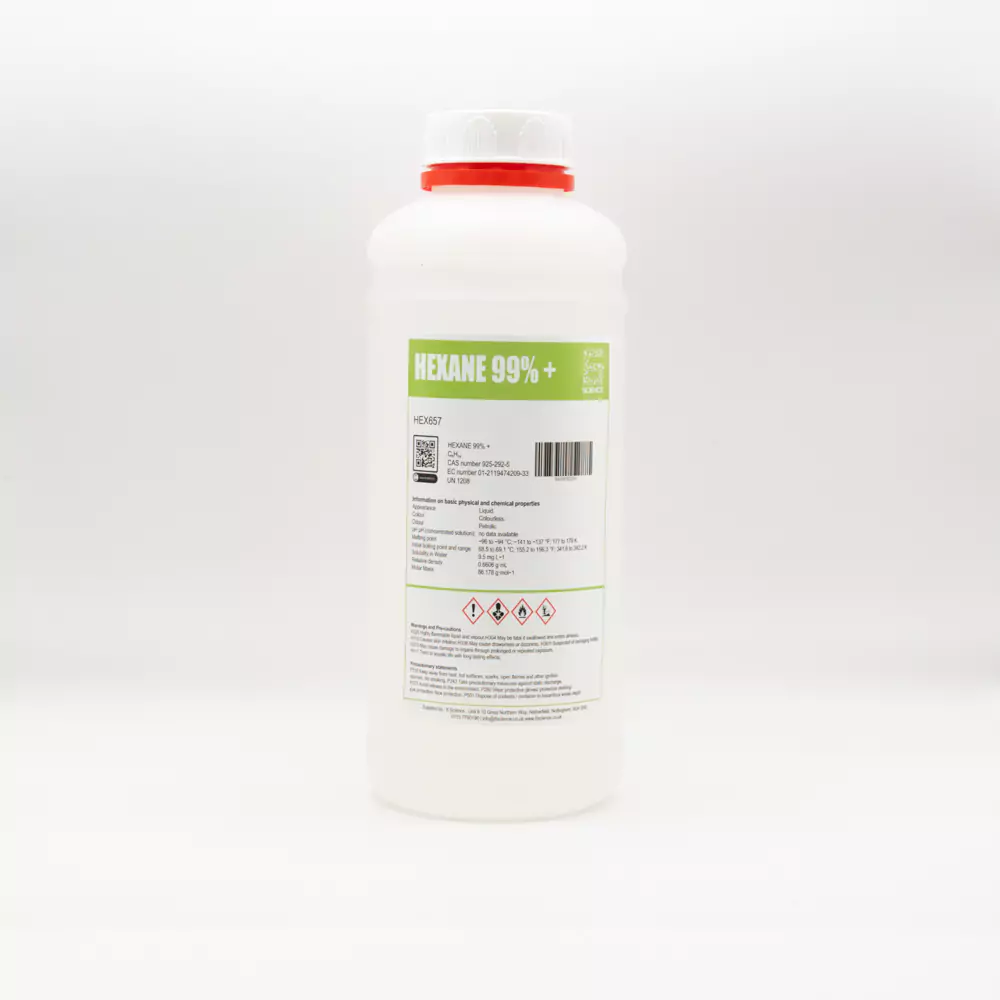
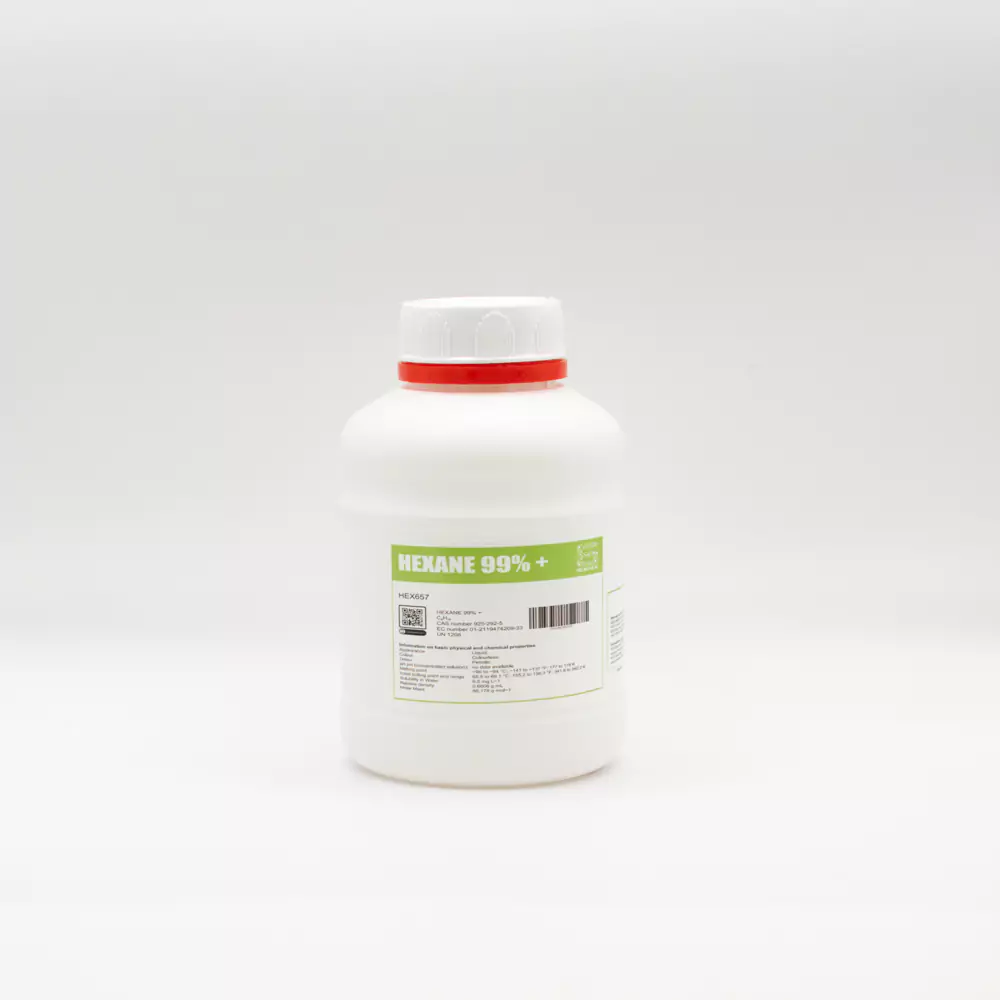
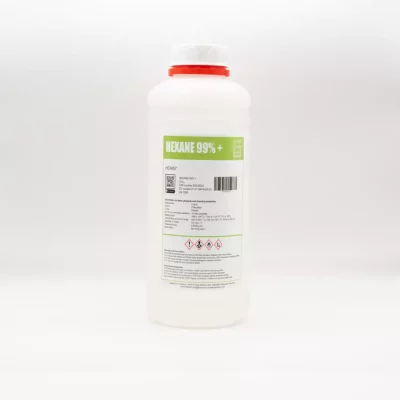
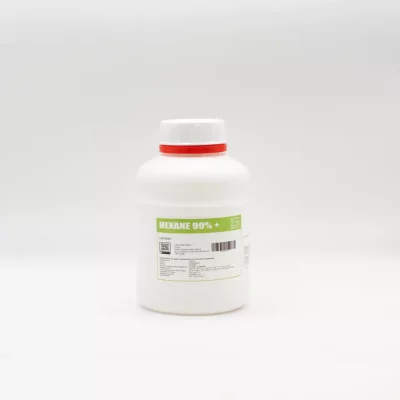
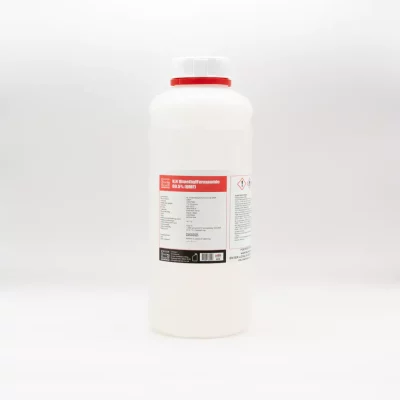
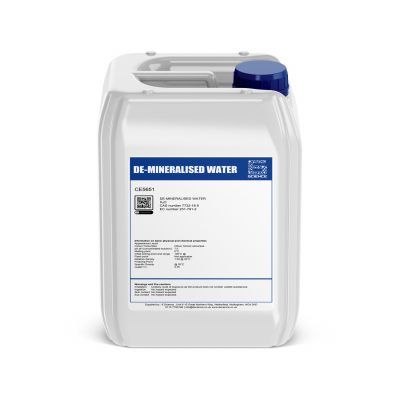
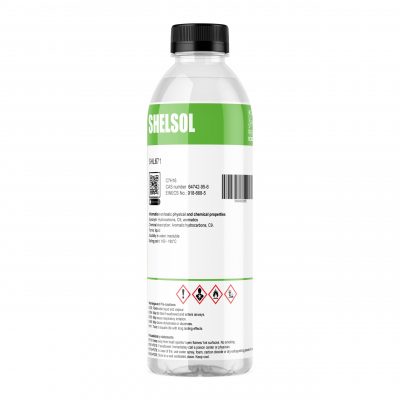
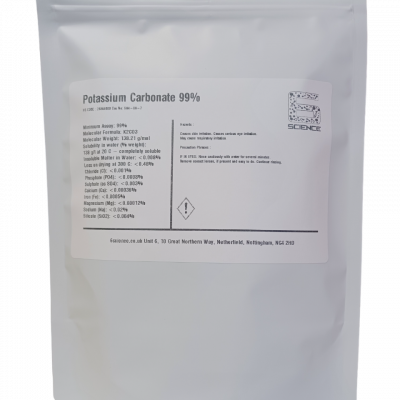
Reviews
There are no reviews yet.